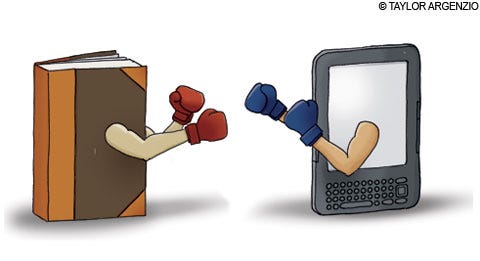Major Project – I’m finished (for now…)
When I first began contemplating my Major Project with EC&I 832 back in January, I thought I should explore some social and educational apps to broaden my scope of digital media applications. However, with the comments of a few classmates in my first blog post, I decided to create a curriculum companion document to address the need in my school to integrate digital citizenship and media literacy into the primary grades. I mostly teach Kindergarten to grade 3, by providing additional literacy instruction and was reminded of the importance of including media literacy in that instruction. The Ministry of Education in Saskatchewan has provided school divisions with a document titled the “Role of the Teacher Librarian”. Though Teacher Librarians (TLs) have had their positions greatly reduced (or completely eliminated) over the past few years, the expectations of the role are still required. In the section Information Specialist, the duties of the TL include providing “support in technology-enhanced learning”.
In my school, the Kindergarten to grade 3 classrooms only have 5 iPads for the students to use. The lack of 1 to 1 devices and the limited software on the devices are a challenge to actually teaching how to use the programs. Nonetheless, instruction on digital citizenship to develop responsible technology skills are important to begin at a young age. Our children are growing up with technology, beginning at home, so both parents and teachers should take responsibility to teach children appropriate technology usage.

The inspiration for the structure of the document came from Mike Ribble’s Nine Elements of Digital Citizenship. I described this in my second Major Project blog post. In February, I began creating the document, along with the help of Amanda Brace. She guided me through a framework for my document and I spent some time looking at Common Sense Education for lessons and activities for digital citizenship. I also tried out a few lessons with 3 different classrooms of grade 2’s as a trial. I summed up my progress in March in this blog post.
My project took a turn, when I realized that I wanted to use books as mentor texts for teaching about digital citizenship in elementary school. The evolution of the document is explained in my last Major Project blog post. I especially appreciated Kara’s comment about it being a document that can change over time so it is “relevant to our jobs and students in ‘real life’ rather than just being a course assignment that is never looked at again”.
I am sharing my final product with you all as a viewer only Google Doc. Please feel free to make a copy of your own to adapt the modules as you see fit. I intended this document to be a starting point and open to other activities that fit the needs and interests of students. (I planned to share it as a PDF, but then all my bookmarks disappeared and I worked really hard to link my table of contents to each module).
The experience of this class and creating this document has been an incredible journey for me. I am not very technology savvy, but I feel much more confident in exploring digital applications. Thank you to Alec and all my classmates for guidance and support throughout this semester!
Cheers!
Brenda
I think it’s a great idea to create a DigCit plan that includes everything for teachers, parents, and students in the early grades (K-2) to help them develop their literacy abilities. This document has several sections, including Key Concepts, Curricular Connections, Key Words, Materials/Resources, and a very detailed Lesson Outline. Furthermore, using this activity-based document, students will learn from their own experiences and promote the concept of digital citizenship on their own. Exceptional work!!
Thank you, Lovepreet!
Very good resource Brenda, this will benefit your colleagues, and obviously your students, greatly! It is nice to to see where the students could start, primary years, as compared to where I can impact their DC and ML learning in high school. Be a leader for your division and share your excellent work!
Thank you so much, Cymone!
Thank you for putting this Digital Citizenship Curriculum together, I made a copy of it right away. I also loved that you used mentor text to accompany teaching DC; I love teaching with picture books! Congratulations on your major project!
I’m so glad that you made a copy! I hope you find the lessons useful!
Wow, Brenda! This looks great! So professional. Very beneficial for the primary teachers in your division. I love that you included Mentor Texts! Great job!